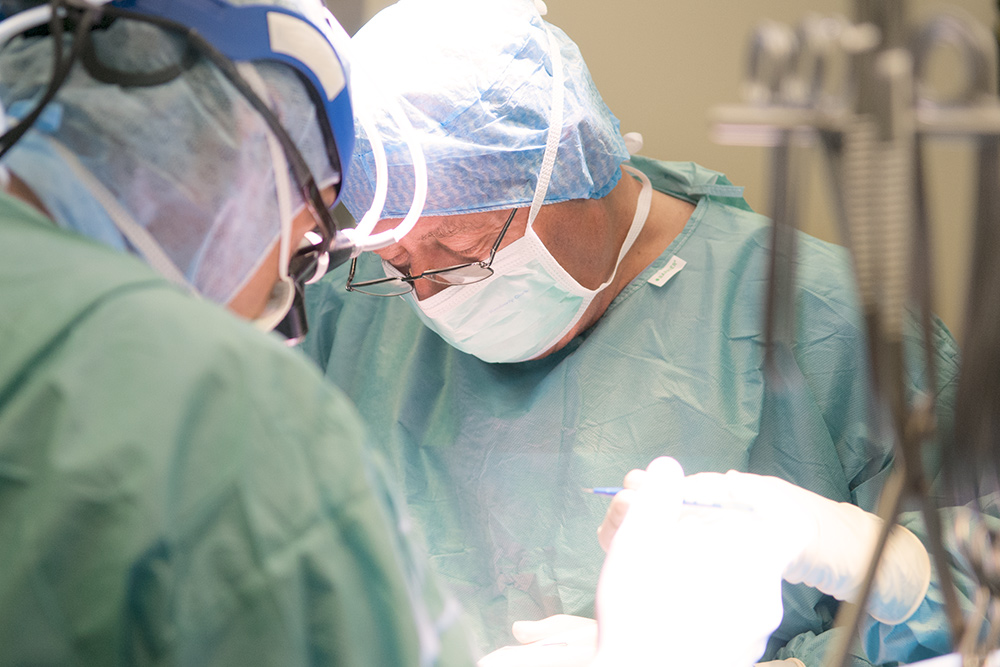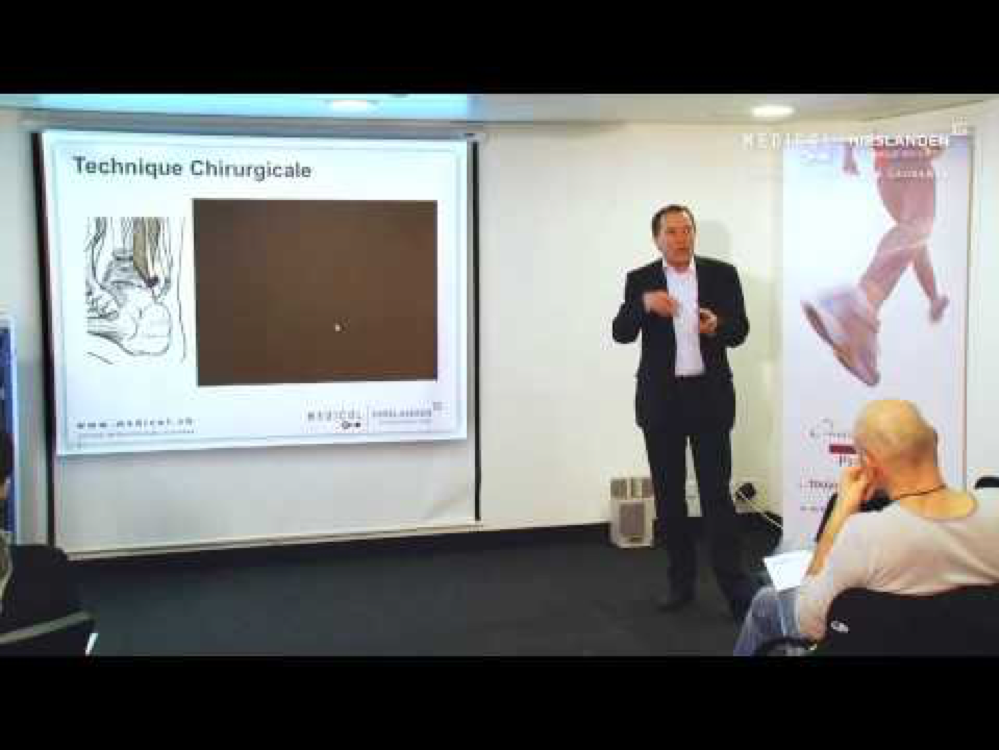Surgical treatment is normally reserved for patients who have only temporarily improved with conservative treatment. It can sometimes be proposed as a first-line treatment for symptomatic hallux rigidus, for example, where conservative treatment will be poorly tolerated because of the pain it causes.
In relation to the biomechanical implications of FHL, which affect movement in general, the indications are very diverse. Most of the patients operated on in our series have problems affecting the foot or knee. The results are particularly spectacular for hallux rigidus, talalgia, tendonitis of the sole of the foot or Achilles heel, tibial periostitis and painful knee syndromes.
For some diagnoses, tendon release of the FHL is routinely proposed, such as in the treatment of hallux valgus, because we believe that FHL is the primary cause. The risk of recurrence and the poor reputation of corrective operations for this deformity can be explained in part by the lack of knowledge about FHL. The same can be said for the residual laxity frequently observed after ligament reconstruction of the anterior cruciate ligament, a step that we have not yet completely taken, despite the systematic association of FHL with this type of injury in non-contact trauma.
The indication for surgery is only given in exceptional cases for pain localized in the passage of the tendon in the retro-talar tunnel. The indication depends above all on the understanding of the mechanical disorder caused by the FHL and its implication in the pain phenomena for which patients consult. This is the case for patellar syndrome, overload podalgia and lumbopelvic pain. Surgery in itself is not a panacea and treatment often includes follow-up physiotherapy to correct poor postural attitudes.
The interest in this surgery is that it provides the basis for the patient to progress, which is not the case otherwise. A better sitting position gives better balance and the synchronism recovered gives better stability in movement. The complementary prescription of plantar supports is sometimes beneficial, in particular for rebalancing weight on the forefoot.
 EN
EN  DE
DE  ES
ES  FR
FR 
